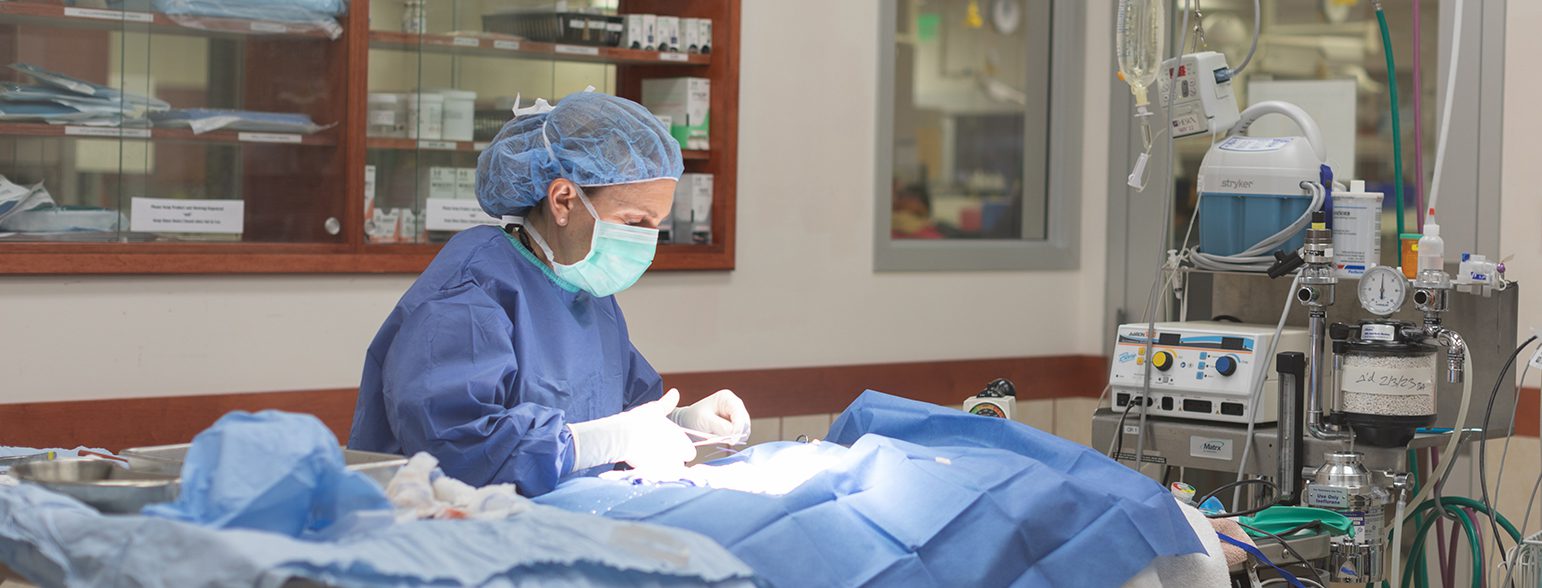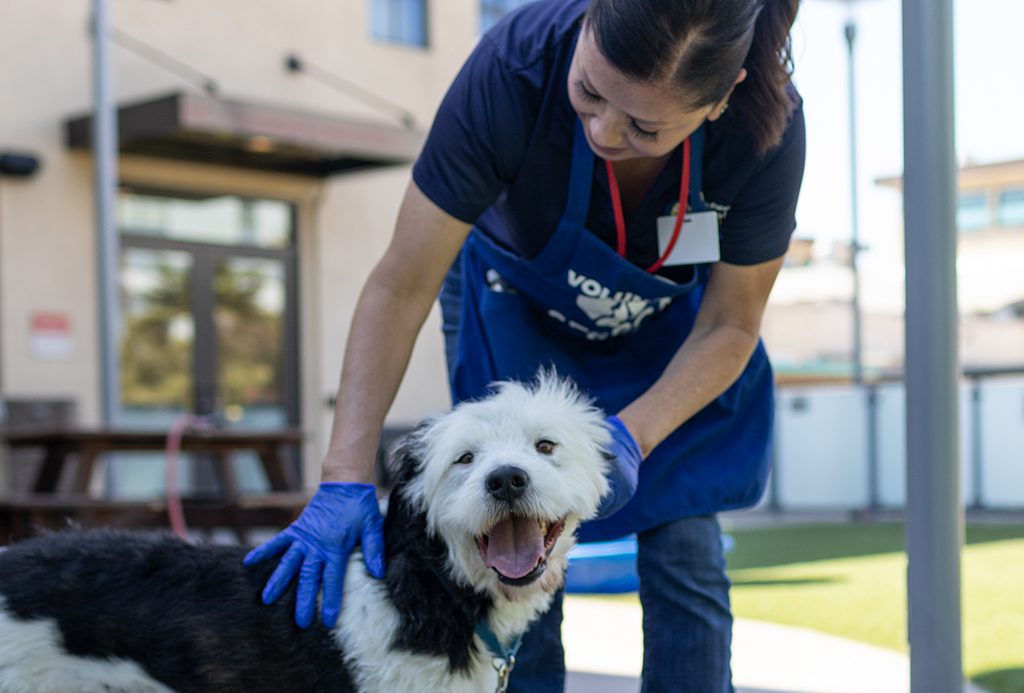
Impact & Results
Positive Outcomes.
Compassion In Action
Your generous support enabled us to say yes to thousands of companion animals who needed our assistance this past fiscal year. Our advocacy, free and low-cost medical care, and subsidized veterinary care are available to our San Francisco community and beyond thanks to our generous supporters.
$2.4M
Subsidized veterinary care
10K
Spay/Neuter surgeries
2,774
Community Veterinary Clinic exams
4,817
Pets served at
Mobile Vaccine Clinic
4,608
Adoptions
79,454
Volunteer hours
Read our 2022-2023 Annual Report to learn more about our lifesaving work.
Vision 2030
At the heart of our Vision 2030 is the goal to provide all California pets and their people access to humane care by 2030. A critical component of getting there is our investment in Community Medicine.
Community Medicine
Every pet deserves access to quality medical care. San Francisco SPCA Community Medicine programs help ensure that all companion animals live healthy lives and remain in their own loving homes.
High-quality, low-cost preventative care helps animals live their best lives. Serving pet guardians in and around San Francisco’s Excelsior District.
Learn MoreEssential vaccines and flea and tick control are provided at no cost to pet guardians living in veterinary-resource deserts.
Learn MoreAffordable spay and neuter services at our Alabama Street location reduce animal overpopulation and the number of animals entering shelters.
Learn MoreOur Trap-Neuter-Return (TNR) program provides spay and neuter services for feral or free-roaming community cats living in San Francisco.
Learn MoreBecome a Volunteer
With a hospital, clinic, and adoption center, we offer many fun, interesting ways to get involved.

